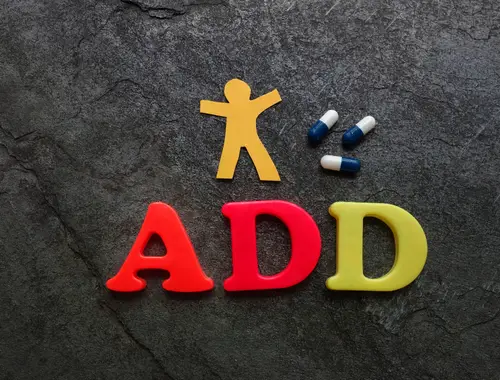
What is ADD?
Attention Deficit Disorder or ADD is a neurological disorder with symptoms of inattention, distractibility, and poor working memory. Adults with this condition commonly struggle with executive skills, meeting appointments, focusing on tasks, and keeping track of time. Individuals who exhibit these symptoms may have what doctors now refer to as Predominantly Inattentive Type ADHD. Although it is no longer a recognized medical diagnosis, “ADD” is frequently used to describe a specific set of symptoms that are included in the broader category of ADHD (Russo, 2023).
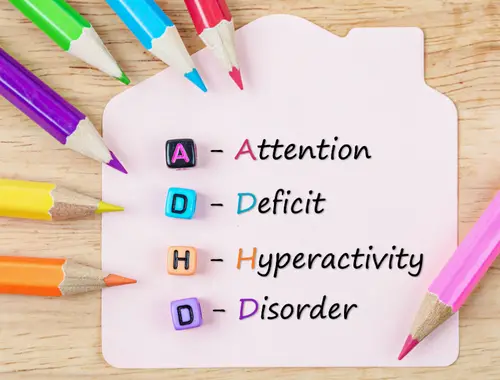
What is ADHD?
Attention Deficit Hyperactivity Disorder or ADHD is a neurodevelopmental disorder with three subtypes (Legg, 2018):
| Subtype | Symptoms |
| Predominantly Inattentive ADHD (previously known as ADD) | Disorganization, lack of focus, and forgetfulness |
| Predominantly hyperactive-impulsive ADHD | Impulsive decisions and restlessness |
| Combined ADHD | Inattention, impulsivity, and hyperactivity |
What are the Similarities between ADD and ADHD?
Similarity in Terms of Symptoms
Both may be characterized by disorganization, lack of focus, and forgetfulness.
Similarity in Terms of Category
ADD and ADHD are neurodevelopmental conditions.
Similarity in Terms of Managing Symptoms
The symptoms of ADD and ADHD may be best managed by a combination of treatments including medication, education, skills training, and psychological counselling.
Summary:
- Both ADD and ADHD are similar in terms of symptoms, category, and treatment.
Frequently Asked Questions:
Are ADHD and ADD related?
Yes, ADD is now termed as Predominantly Inattentive ADHD.
Which is more common ADHD or ADD?
As a term, “ADHD” is more common since ADD is already an outdated diagnosis. ADD is now termed as Predominantly Inattentive ADHD
Why is ADD now called ADHD?
In 1994, doctors (the American Psychiatric Association) agreed to create a single category which is ADHD with three subtypes (Miller, 2021). The change was made because of studies that demonstrated the prevalence of both inattentional and impulsive/hyperactive symptoms in ADHD patients, as well as the close association between the two symptom groups. The new diagnostic category for ADHD more accurately captures the condition’s complexity and the fact that different persons can experience it in different ways.
How do you know if you or your child has ADHD?
The following are the symptoms which should be present for at least six months and must be causing significant impairment in your child’s functioning.
Inattention:
- Difficulties in paying attention, listening to others, or following instructions
- Difficulties in organizing activities or being on task
- Making careless mistakes
- Forgetfulness, losing or being easily distracted
Hyperactivity:
- Fidgeting or squirming
- Running, jumping, or climbing excessively
- Talking excessively or interrupting others.
Impulsivity:
- Difficulty waiting for their turn
- Interrupting or blurting out answers
- Difficulty with self-control, such as grabbing things from others

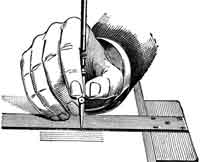
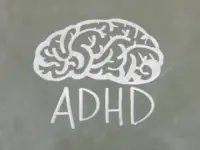
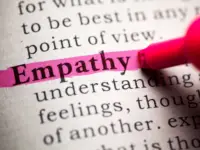
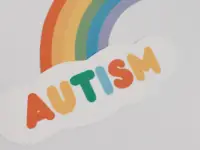







Leave a Reply